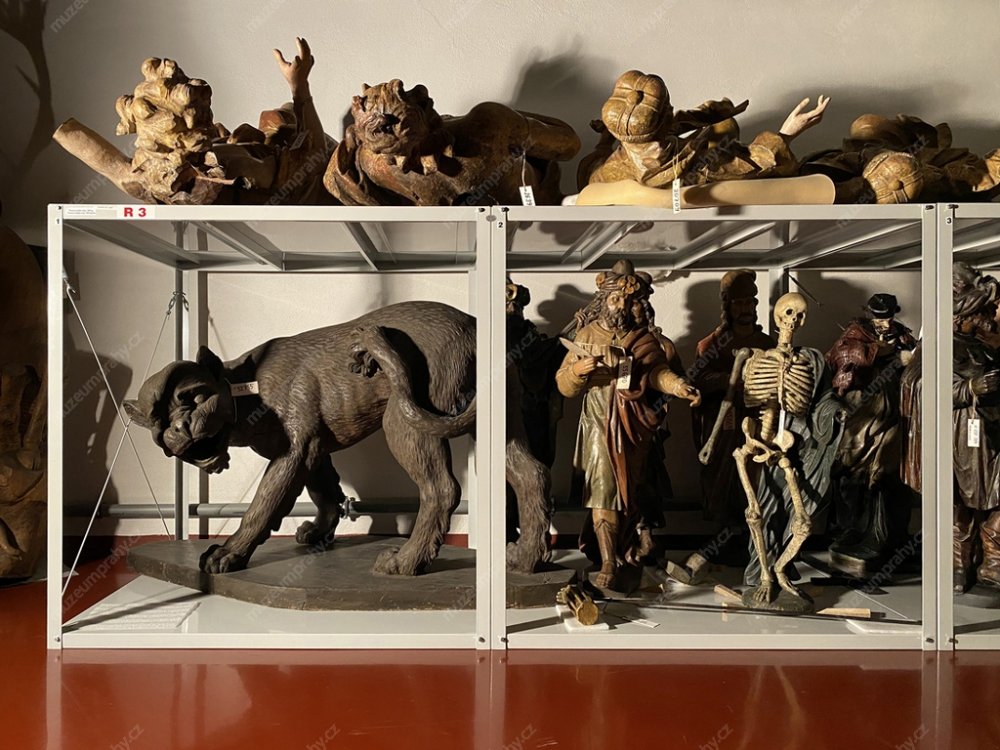
The curators present the findings of their research at expert workshops and conferences both at home and abroad. The curators' specialised studies are published in the Prague City Museum's periodical almanac Historica Pragensia and in other specialised publications.
Department of Historical Collections – Activities
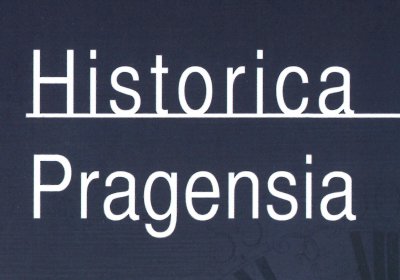
Historica Pragensia
The historical almanac Historica Pragensia has been published since 2003, replacing the museum periodicals Acta Musei Pragensis and Res Musei Pragensis. It publishes articles and studies on the Prague City Museum's historical collections as well as notable events in the metropolis.
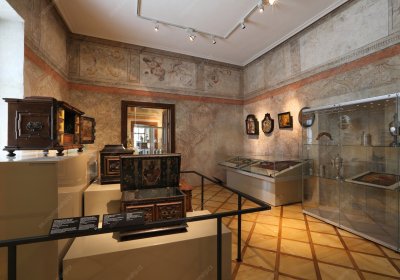
Permanent and Temporary Exhibitions
We prepare thematic exhibitions about the history of Prague and the life of its inhabitants in the near and distant past, including the very popular exhibition cycle about the quarters of Prague. We are currently working on new permanent exhibitions on the history of Prague in early modern times, the 19th and 20th centuries, and on a new exhibition of the Langweil Model of Prague.
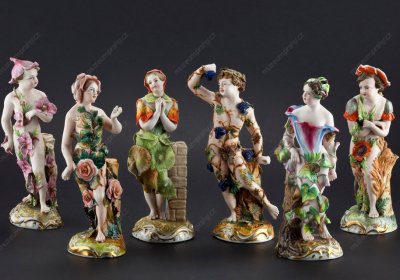
On-line Activities
Our collection objects are also presented in interesting contexts online – several cycles of gripping online exhibitions and podcasts about our work are currently being prepared.
Historical Collections
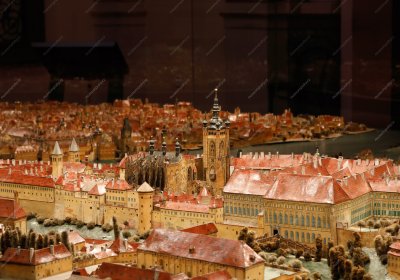
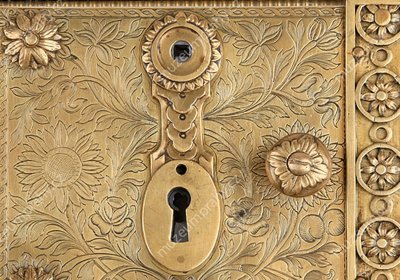
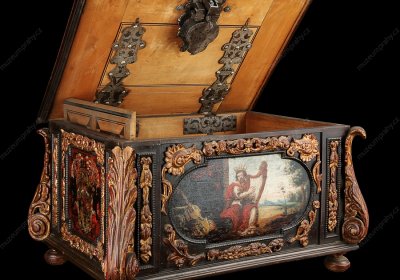
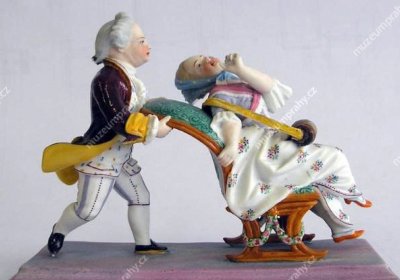
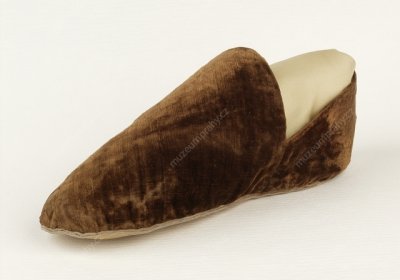
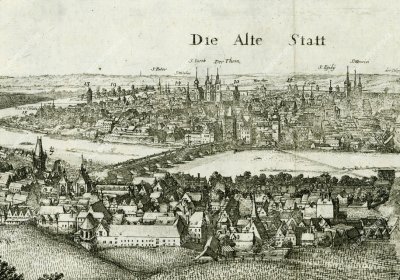
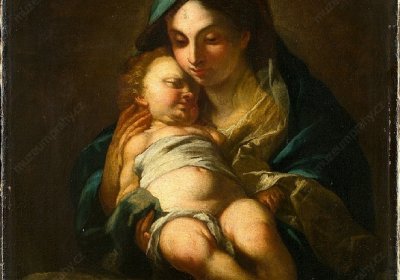
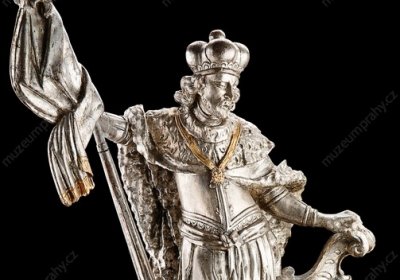
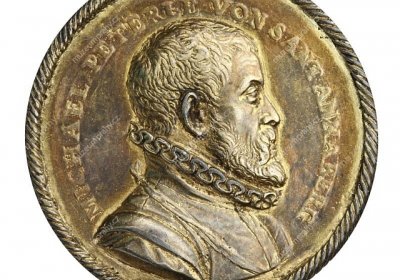
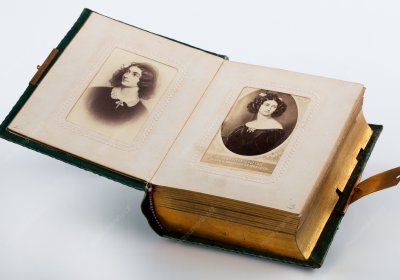
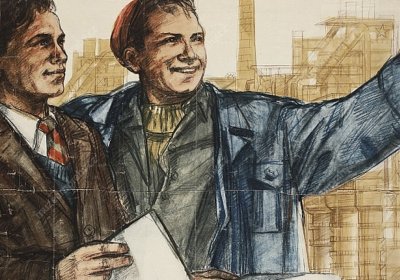
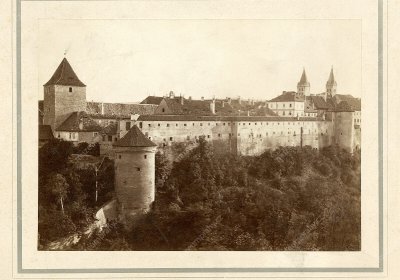
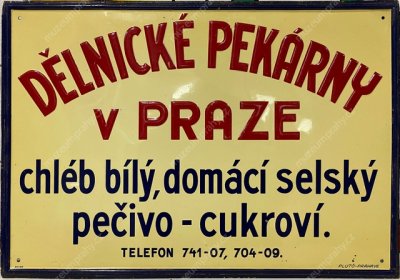
For more details about the Historical Collections see Z. Míka: Muzeum hlavního města Prahy: Průvodce. Praha 2001.
